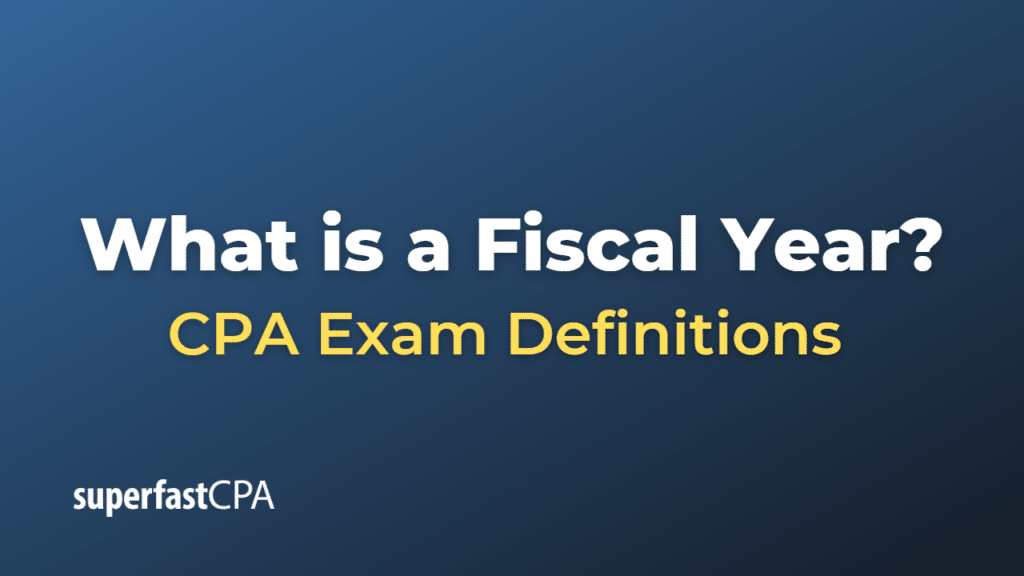Fiscal Year
A fiscal year, often abbreviated as FY, is a 12-month period used by companies and governments for financial reporting and budgeting purposes. It serves as a period during which annual financial statements are calculated, and a company’s performance is evaluated. The fiscal year is used as a standard to ensure comparability of financial statements between different periods.
The fiscal year can coincide with the calendar year, starting on January 1 and ending on December 31, which is common for many companies. However, not all entities align their fiscal year with the calendar year. They may choose to have their fiscal year run at different times based on the nature of their operations.
For example:
- Many retail businesses end their fiscal year on January 31 to include the holiday sales season in their annual results.
- The United States federal government’s fiscal year runs from October 1 to September 30.
- Microsoft Corporation’s fiscal year runs from July 1 to June 30.
Regardless of when it starts and ends, the fiscal year is typically divided into quarters for internal and external reporting. Each quarter consists of three months. At the end of each fiscal year, companies generally produce an annual report which includes the financial statements for the year.
Example of a Fiscal Year
Let’s consider two examples — one of a company that aligns its fiscal year with the calendar year, and one that doesn’t.
Example 1: Alphabet Inc. Alphabet Inc., the parent company of Google, operates on a fiscal year that aligns with the calendar year. That means its fiscal year starts on January 1 and ends on December 31. When Alphabet Inc. reports its annual earnings in a given year, it’s discussing its financial results from the period of January 1 to December 31 of that year.
Example 2: Microsoft Corporation Microsoft Corporation, on the other hand, uses a fiscal year that does not align with the calendar year. Microsoft’s fiscal year begins on July 1 and ends on June 30 of the following year. So, when Microsoft reports its FY 2023 earnings, it is referring to financial results from the period of July 1, 2022, to June 30, 2023.
These are just two examples of how companies can structure their fiscal years. The chosen structure can significantly affect the timing of financial reporting and can sometimes be selected to better align with business cycles or industry practices.









